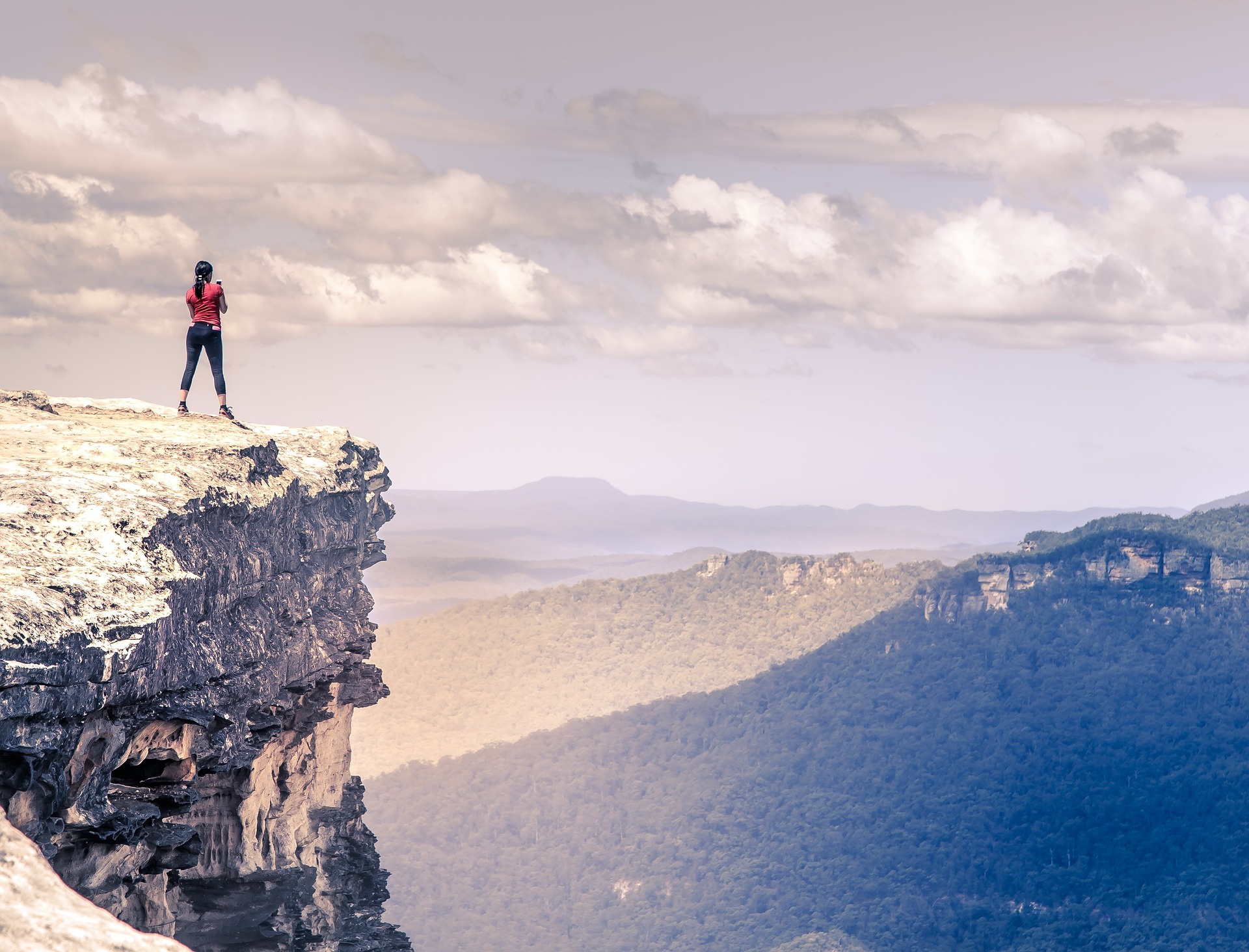Discovering the Unseen: The Rising Trend of Speleotourism
As the world of travel and tourism continues to evolve, new and exciting trends emerge that challenge traditional notions of what it means to be an adventurer. One such trend is speleotourism, a unique form of tourism that involves exploring underground caves. This intriguing sector of tourism is gaining momentum worldwide, attracting thrill-seekers, nature lovers, and history enthusiasts alike.
The Birth and Evolution of Speleotourism
Speleotourism, derived from the term ‘speleology’ which means the scientific study of caves, has been around for centuries. The fascination with caves dates back to the prehistoric era, when caves served as dwellings and sacred sites for early humans. Over time, this fascination evolved into a form of tourism, with the earliest form of speleotourism recorded in the 19th century when the Mammoth Cave in Kentucky, USA, became a tourist attraction.
Since then, speleotourism has grown into a popular trend, with many countries around the world promoting their unique cave systems as tourist attractions. From the Waitomo Glowworm Caves in New Zealand to the Jeita Grotto in Lebanon, these captivating subterranean realms offer travelers an opportunity to delve into the heart of our planet and experience the wonders of geology.
Speleotourism in Today’s Travel Scene
Today, speleotourism is being recognized as a sustainable form of tourism that encourages respect for nature and promotes cultural heritage. It offers a unique blend of adventure and knowledge, providing a platform for tourists to learn about geology, archaeology, and history while experiencing the thrill of exploration.
Speleotourism also offers economic benefits, especially for rural communities located near caves. It creates job opportunities and stimulates local economies, contributing to rural development and poverty alleviation. Thus, speleotourism is not only about the excitement of exploring the unknown; it also plays a significant role in societal development.
The Pros and Cons of Speleotourism
Like any form of tourism, speleotourism has its advantages and challenges. One key advantage is its potential to educate visitors about the importance of environmental conservation. Caves are delicate ecosystems that provide habitats for unique species of animals and plants. By exploring caves, tourists gain an appreciation for these ecosystems and understand the importance of protecting them.
However, the popularity of speleotourism also brings challenges. Increased human activity can lead to cave degradation, causing damage to rock formations, disturbing wildlife, and polluting cave waters. To address these challenges, it’s vital that speleotourism is managed responsibly, with measures in place to minimize human impact and ensure the preservation of these fascinating geological structures.
A Closer Look at Cave Wonders
Here are some fascinating facts and tips about caves and speleotourism:
- The world’s longest cave system is the Mammoth Cave in Kentucky, USA, with more than 400 miles of surveyed passageways.
- The deepest known cave is the Veryovkina Cave in Georgia, reaching a depth of 7,257 feet.
- Some caves serve as archaeological sites, preserving ancient human remains and artifacts.
- When visiting caves, remember to stick to designated paths and avoid touching formations as this can cause damage.
- Always follow guidelines provided by guides or local authorities to ensure your safety and the preservation of the cave environment.
In conclusion, speleotourism offers a unique travel experience that combines adventure, education, and a deep appreciation for nature. As this trend continues to gain popularity, it’s essential that we approach it with a sense of responsibility, ensuring that our desire to explore does not compromise the integrity of these natural wonders. Whether you’re an adrenaline junkie, a nature enthusiast, or a history buff, speleotourism offers a captivating journey into the heart of our planet.






